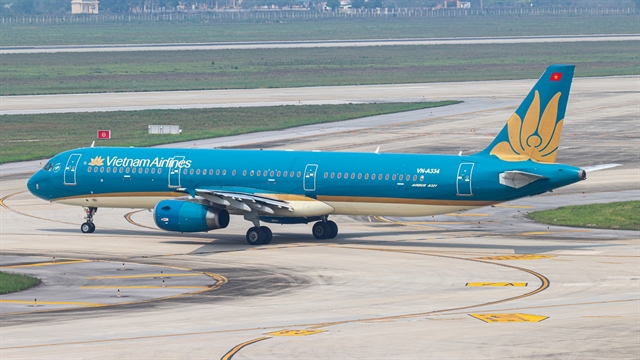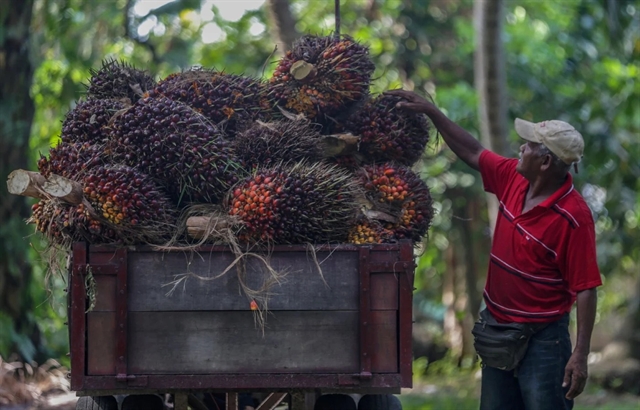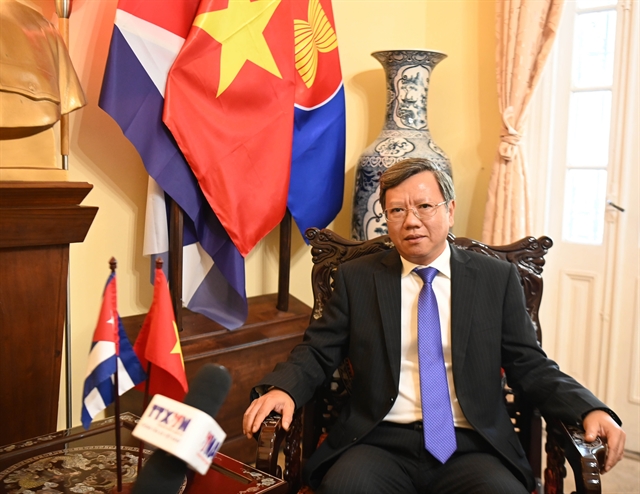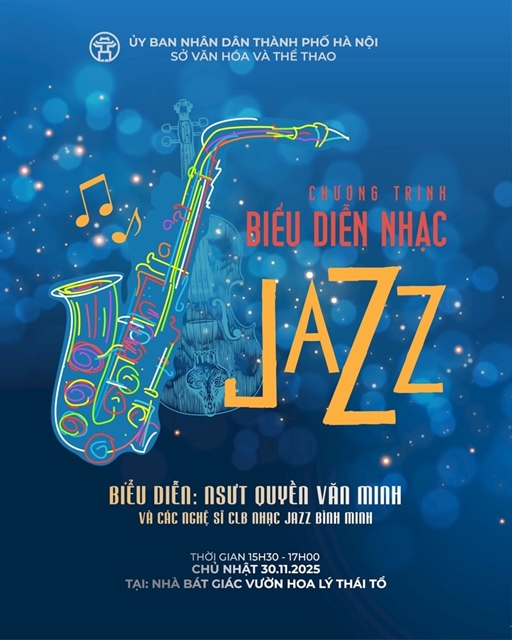 Life & Style
Life & Style
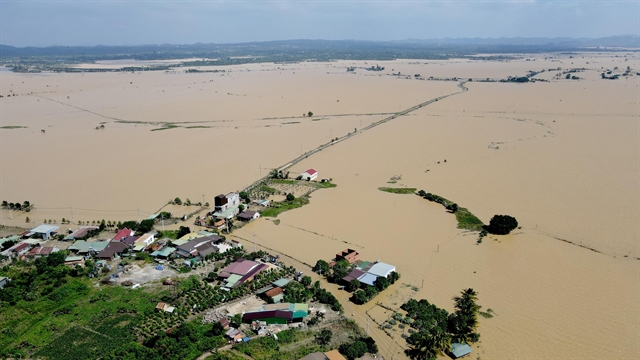
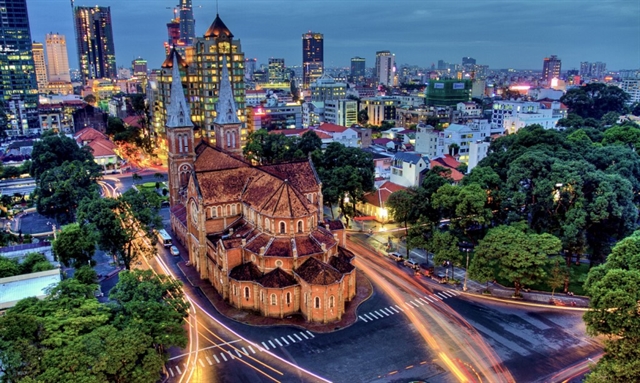 |
| HCM City has a policy to restructure its administrative units from 273 down to 102, including 78 wards and 24 communes. Photo tphcm.chinhphu.vn |
HCM CITY — Naming new wards and communes should take into account historical context, cultural value, and the familiarity of local residents, experts have said.
Relevant authorities of HCM City have held several meetings and finalised a naming system for 102 newly formed wards after the mergers.
Experts say most of the names reflect the local identity and historical context of the areas they represent.
HCM City has a policy to restructure its administrative units from 273 down to 102, including 78 wards and 24 communes.
All the new wards and communes are named with consideration of local history, familiarity to residents, and cultural significance.
From numbers to word-based names
Since the policy was introduced to abolish district-level administrative units and restructure commune-level units into new wards and communes (under the two-tier local government model), districts and Thủ Đức City have proposed and continuously revised plans to come up with appropriate names.
Nguyễn Trí Dũng, chairman of the People’s Committee of Gò Vấp District, said the purpose of proposing new names for grassroots-level units is to preserve traditional values.
Without this, within a generation or two, names like “Gò Vấp” might be forgotten, and people might no longer know their origins, he said.
Notably, many areas initially proposed numerical names, but after considering feedback from residents and experts, they switched to word-based names.
For example, in March 2025, Thủ Đức City proposed dividing the area into nine wards named sequentially from Thủ Đức 1 to Thủ Đức 9.
However, in the proposal submitted in April 2025, the city recommended merging 34 wards into 12 wards with word-based names, many of which were newly designated.
Familiar ward names such as Hiệp Bình, Tam Bình, Linh Xuân, Long Bình, Tăng Nhơn Phú, Long Phước, Long Trường, An Khánh, and Cát Lái were retained. In addition, new names like Thủ Đức, Phước Long, and Bình Trưng were introduced.
Similarly, by the end of March 2025, Bình Chánh District proposed restructuring its current 16 communes and townships into four communes named numerically from Commune 1 to Commune 4.
However, in the most recent plan, Bình Chánh proposed creating seven new communes with word-based names, including Vĩnh Lộc, Tân Vĩnh Lộc, Bình Lợi, Tân Kiên, Bình Chánh, Hưng Long, and Bình Hưng.
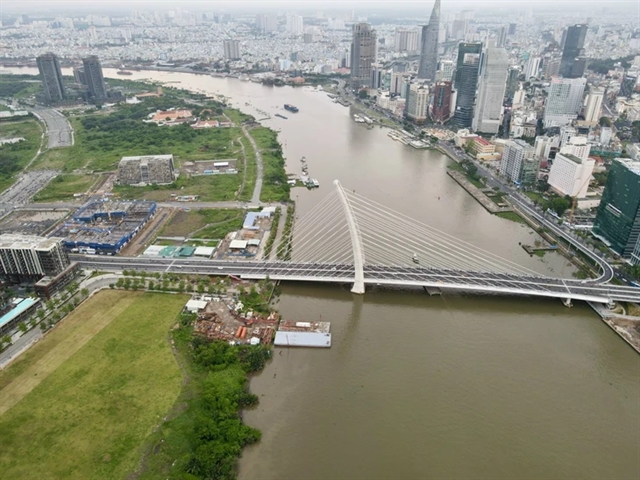 |
| All the new wards and communes in HCM City are named with consideration of local history, familiarity to residents, and cultural significance. Photo tuoitre.vn |
Reasonable and appropriate
Assoc. Prof. Dr. Tôn Nữ Quỳnh Trân said that the merging and renaming of wards, especially the shift from numbered to word-based names reflecting local history, traditions, and culture, is very reasonable.
She cited the earlier case of District 5, where wards were previously named numerically.
The latest proposal merges them into three wards, namely Chợ Quán, An Đông, and Chợ Lớn -- all iconic names of the district.
Previously, names such as An Đông, Đồng Khánh, and Hàm Tử were considered. However, many felt that Đồng Khánh and Hàm Tử were not suitable, and the current naming plan is more appropriate.
Areas like Thủ Đức and Củ Chi also previously proposed numerical naming schemes. While numerical names aren't necessarily wrong, using historically and culturally significant place names is more fitting, she said.
For instance, in Củ Chi, names like Thái Mỹ and Phú Hòa Đông carry significant historical weight.
However, Trân also believes that it is not always necessary to force historical significance into every name — there are many ways to preserve historical names, such as naming a square, without having to use them for wards.
Sociologist Dr. Lê Minh Tiến of HCM City Open University acknowledged that within a short time, the city’s districts, departments, and agencies have worked with great effort and thoughtfulness to develop a naming system with careful consideration of cultural and historical value.
Each new administrative name is associated with the history of its formation or with a locality that holds significant meaning and stories tied to its district.
Long-time residents or those familiar with the areas can easily recognise these names.
Many of the selected names were chosen from a large pool of former ward and commune names, emphasising the most prominent and longest-standing ones in the public consciousness.
“In my opinion, there are still a few names in some districts that may need further consideration to ensure they align with multiple factors. But overall, the new naming system carries meaning and reflects the voice of the people,” said Tiến. VNS


